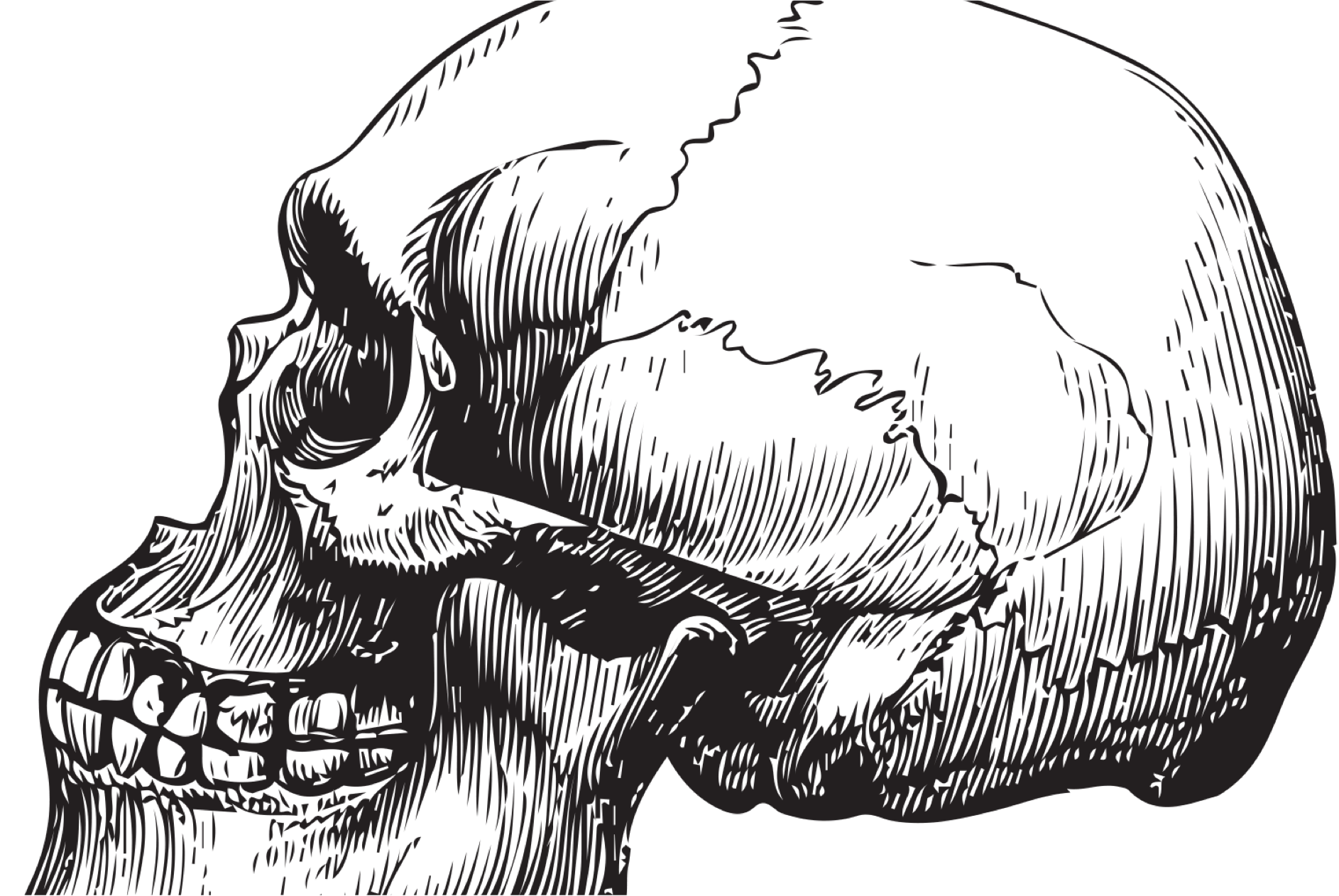
Today, there is little controversy over the relevance of behavioural economics in market research, both qualitative and quantitative – the prevailing discourse is now around how to use it rather than what it is. However, there is still resistance. It is not uncommon to hear claims that it is not really new news – after all, we’ve instinctively known about some of these biases for years.
It is not difficult to detect loss aversion at work. The fear of loss more emotionally threatening than the expectation of gain. ln the world of qualitative research, this is particularly the case, and it needs to be addressed. BE isn’t easy to grapple with, but the grappling most definitely pays off.
REBRANDING
First, let’s go for the easy win and consider a rebrand. Like semiotics, BE’s name doesn’t make intuitive sense. We prefer ‘decision science,’ as coined by Phil Barden in his excellent book Decoded. The term gets at the heart of qualitative research – helping clients understand human decision making through means that are reproducible, valid and scientific.
It doesn’t take long to discover the rewards of decision science. While there is definitely an argument for taking different facets of it and adapting methodologies accordingly, there is an even greater case for using it to inform a holistic approach. So what does this look like?
- Hypothesise, hypothesise, hypothesise
Start with a thorough interrogation of a brief. What are the cognitive, social and emotional biases at play? How might they be affecting the business issue? And how might they influence the research? Thinking in this way will identify what lies at the core of a brief allowing the plethora of issues which sometimes obscure a really tricky brief, to fall into place rather than detract from the primary focus. - Behaviour trumps attitude
Decision science has confirmed that behaviour precedes attitude. Recruitment too often relies on attitudes to discriminate between customer segments, Future purchase intentions or recall of past behaviour are no substitute for current and provable hard behavioural evidence. - Context drives behaviour
The emphasis for pre-tasking should be on understanding behaviour in context as well as forcing behaviour change – think about immersion, deprivation or buying/engaging in a new activity or brand, allowing participants unmediated space to report their observations and gut responses. - Think like an experimental scientist
Project design is obviously critical, and certain methods such as auto ethnography have gained considerably from decision science thinking. But don’t forget the other tools at our disposal: multiple methods allow for both contextual richness and triangulation; conflict sessions based on contrasting behaviour can lead to powerful insights; choice architecture biases challenge practitioners to think carefully about research stimulus. There is no perfect decision, but whatever is decided needs to be carefully thought about in advance. It influences the outcome. - Abolish the question ‘why?’
People cannot answer this question, so think about the nuances of how each question or task is posed, creating time for non-verbal, instinctive System I responses and asking ‘who?’ ‘how?’ ‘what?’ ‘when?’ and ‘compared to?’ questions instead. - Look backwards, look sideways and look within
Analysis and interpretation require far more than organising and collating the data. Do your observations and interpretations confirm or refute the initial hypotheses? What other cognitive, emotional, social or contextual biases might be operating? What client interventions are possible that will influence a change in behaviour?Concurrently, it is essential to monitor your own decision making as you reach the end of a project. To what extent are you relying on heuristics (habits, past experience, the easy no-sweat solution)? Might your recommendations be suffering from loss aversion (being afraid to give ‘bad’ news to agency or client) or social-proof influences? Never forget that you are human, too, and no different from every single person you have ever met or interviewed.
Decision science is truly exciting. Embrace it in all its glory.
